You may have seen the motion picture’s 2015 movie Mount Everest, which was hard to watch. This movie gives realistic horror, on what it looks like to climb Mount Everest. The fear becomes ten times scarier when you risk your life every moment while mountaineering the tallest mountain of the world. Back in 1841, the tallest mountain of world Mount Everest was recognized by a British Survey team led by Sir Georg Everest. Since then, mountaineers across the world attempted to scale this mammoth nature.
Many climbers succeed in their journey, while some unlucky are frozen on some part of Mount Everest. No matter what the risks, the climbers are always curious on what the top of the world feels like. And each year, the climbers' numbers rise, and so is their fate of death. Recently, after the deadly season in Mount Everest, the Nepali government has forwarded a new set of rules which might help to minimize the unwanted deaths, that occur every month
Implementation of Rules for Everest Climbers After Deadly Season
One of the deadliest seasons, this year, pointed out the reasons for the crowd near the summit, and hence recommendations were issued for the safety on high-altitude. This was a serious concern as in May, eleven climbers went missing or were either killed on the 8,859 meters (29,035ft), two on the Tibetan side, and nine on the Nepalese side.
Government Authorities, climbing experts representing the climbing community, and, climbing specialists renewed the rule after lots of criticism from veteran guiding companies and long warned of the dangerous consequences of this rule. The last law allows any climber to grant the permit of climbing Everest, who pays $11,000.
After the renewal of the rule, those willing to be granted permission must have climbed at least one Nepalese peak of more than 65,000 meters (21,325 ft). Nepal is home to eight of the world's 14 highest mountains and climbing one of these mountains boasts lots of experience and confidence to an inexperienced one.
Besides, climbers must submit a certificate declaring mental as well as physical fitness and be accompanied by a trained Nepalese guide. One of the panel member Mira Acharya says, “Climbers died due to altitude sickness, heart attack, exhaustion or weaknesses, and not due to traffic jams.” She told the compulsory provision of guides for each climber was to discourage solo attempts, which put lives at risk.
This is the most necessary step as the number of climbers attempted to climb in May, led to a near-death experience. The fact that 100s of people queuing on the summit for hours with their cylinders running out of oxygen even makes it worse and questions the management. Dying because of the low oxygen at high altitude and even after death, just lying frozen on the side of the path, is the worst scenario anyone can imagine.
Thanks to Simon Lowe, the managing director of the UK for addressing serious issues and says, “This year’s crowding had aggravated an underlying problem of lack of experience. “That is incompetent climbers being led by incompetent teams,” Lowe said. “If you go up with a bare minimum bottle of supplementary oxygen and stand in a queue for ages that are going to cause problems.
Death trolls on Mount Everest
From the first Ascent on May 29, 1953, to date, you will be amazed to know only 4000 people have reached the summit of Mount Everest. However, the number of climbers who died while mountaineering on this summit is still unknown. On the rough record, it is assumed that the death tolls on Mount Everest are over 300 people.
With avalanches falling every second, mountain sickness, cold and narrow paths, tragedies in this place seems unsudden. In 2015, 18 people lost their lives due to Avalanches triggered by an earthquake, causing the avalanches on the mountain. The first ever-recorded casualties on this Mountain were in 1992, when seven people died who were the part of Mount Everest Expedition. Also, the oldest person to die while mountaineering was Min Bahadur (82, died on May 5th, 2017), and the youngest was Pemba Sherpa(19, died on April 2015). As compared to other countries, Nepal has the highest record of death troll while mountaineering on Everest.

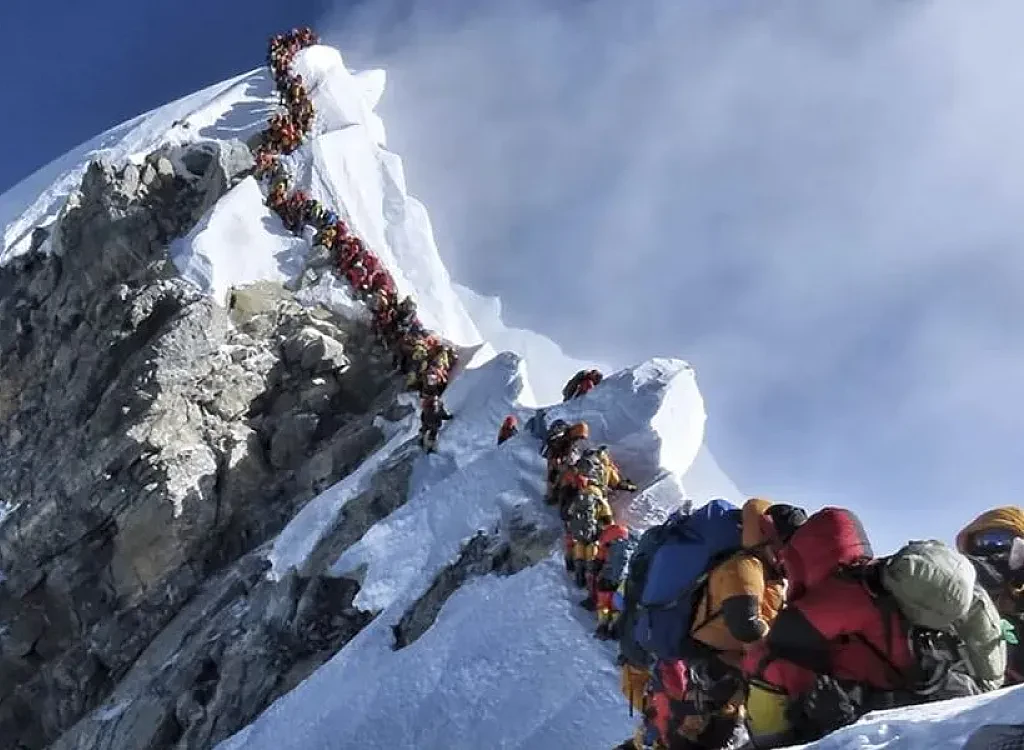
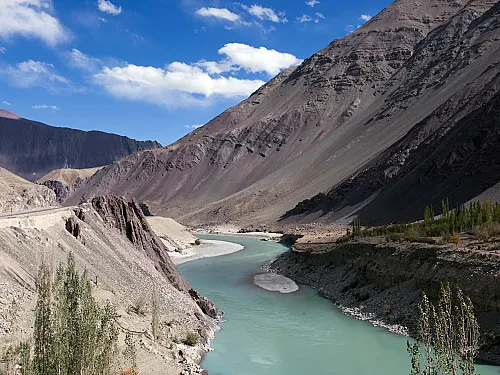
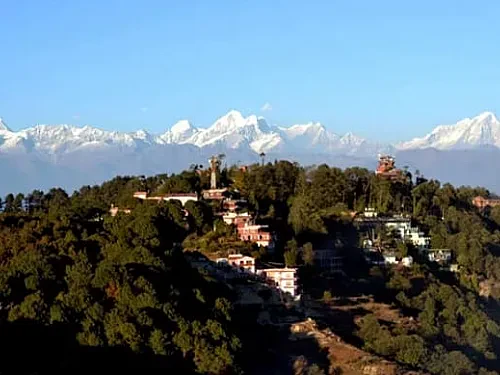
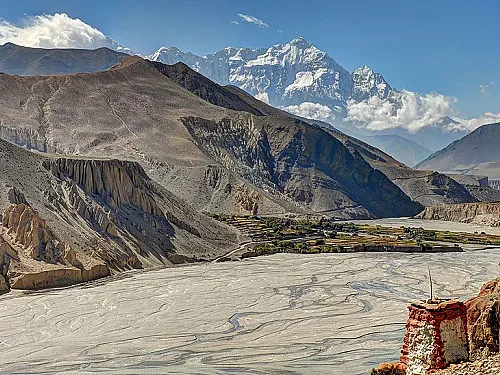
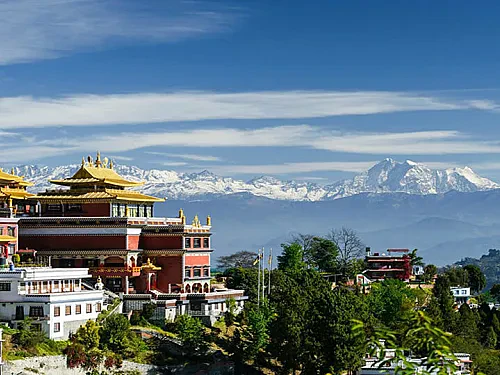
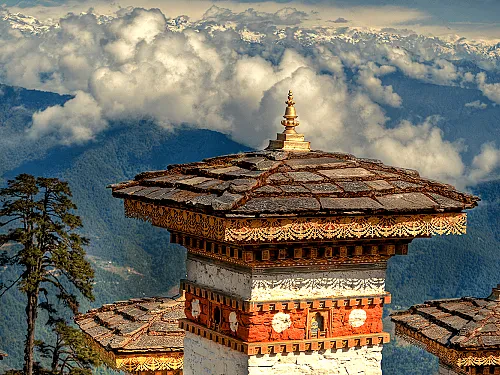
Comments